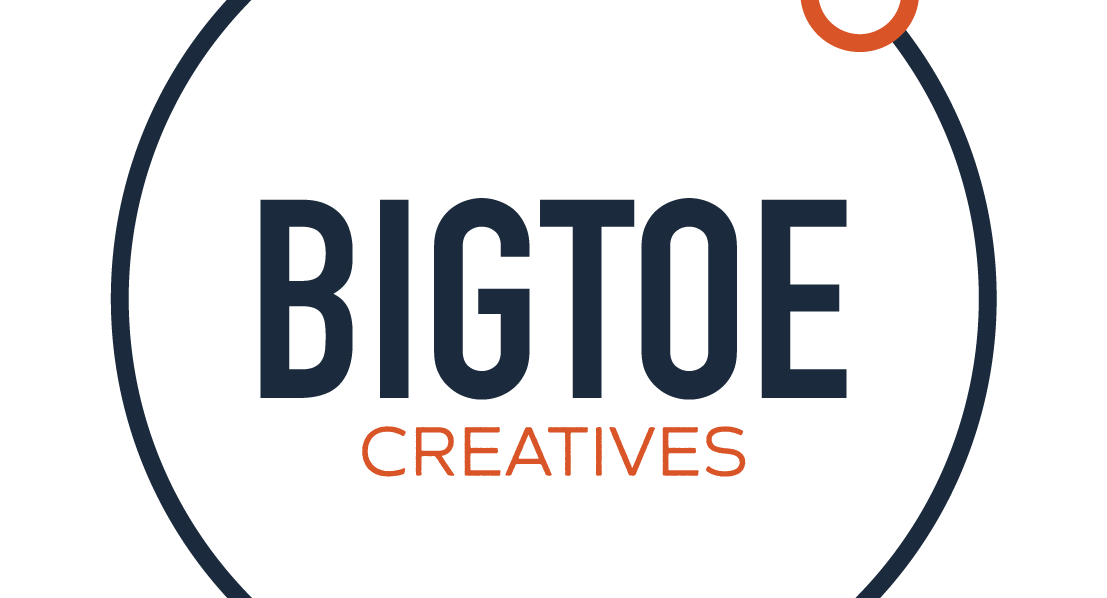Your brand is the story that connects people to the products and services you offer. It’s the foundation of how your business is portrayed to your customers. Each touchpoint that your customer has with your brand, needs to share the same narrative.
Which is why branding and website design need to work together. This means designing a website with brand consistency. Everything from the colours and fonts to the words and layout of your website represents your brand.
Using a creative design to combine your branding and web design could be the next best way to give your brand the visual update it needs.
We’re going to discuss everything you need to know about why and how to go about branding a website.
Why you should incorporate branding and website design
Your brand represents your business and tells your customers all about your company’s beliefs, characteristics and connotations. When a potential customer thinks of your brand, they will remember the images, symbols, phrases and language, overall branding and marketing messages that they have interacted with.
Your website must set clear expectations that are a true representation of your brand personality, message and offerings.
Additionally, by branding a website more clearly and thoroughly, you’ll be more likely to attract web visitors and start growing your business.
How to combine your branding and website design
Here are our top tips for ensuring your web design and branding are taken care of:
Keep your web design branding consistent
Among the basics of branding includes maintaining consistency on all your graphic and web design assets. Things like colours, font styles and sizes, logo positioning and sizing and language should remain the same on all of your web pages, as well as on any social media websites you’re using like LinkedIn and Facebook.
Ideally, your brand should be recognisable whenever they see your brand’s logo. This is one of the major advantages of branding, after all.
When examining your company logo, it’s typical to position it on the upper left corner of every page and at the same size on all your web pages. One justification for this is that the majority of languages are read from the left-to-right. Additionally, it’s good practice to link your logo to your website’s home page.
You don’t want to appear unprofessional by representing your brand with mismatched logos and inconsistent colours throughout your branding and website design.
Use content to highlight your brand imagery
Remember that your website graphics shouldn’t overtake your brand message. Using graphic and web design together, you will show off your creative design and what you represent to your audience.
You should always ensure that your photographs are professional and compatible with your website content. Your content aims to show off your brand voice and help your potential customers visualise what it means to work with your brand.
You could even play around with different banners and background images to further refine your brand identity. Whatever you do, remember to have fun when finding your ideal branding and website design synchronicity.
Remember your tone of voice
The tone of voice that you use on your website should be the prime example of your brand’s character, message and personality. Your tone should correspond to your audience and how they like to be communicated with.
You can inevitably say the same thing in different ways, and the meaning of your messages will not change; however, the tone you use shows off your brand personality.
Add personal touches
People (and your potential customers) enjoy knowing that there are real people and stories behind your business, so you should add a human touch to your website where appropriate.
While branding a website can help with marketing and sales, you will create a story that people can connect with by adding a personal touch.
If you need a starting point, try creating a mission statement that lets your customers know how you can make an impact on their lives. You can find creative ways to incorporate a personal touch into web design branding.
Some examples of human touches to add to your website include a biography of the business owner or candid, behind-the-scenes videos or photos that show your brand’s authenticity.
Don’t forget that your customers like knowing more about your company’s culture; this can help them feel more connected to you.
Focus on your customer in your web design branding
It may seem simple, but don’t forget to focus on your customers! Visit the website of a brand you like – how do they convey their brand message to you through their branding and website design?
Being customer-centric may entail examining your branding and marketing to ensure you are as precise and concise as possible.
Your branding and web design should be easy to follow and show why customers should stick with your brand. While you may think you need to speak like a salesman to get more sales, there is also merit in being vulnerable and truthful about your brand. Be as clear as possible, and don’t over-promise on things you know you can’t accomplish.
Similarly, it would be beneficial to share some of your customer success stories on your website to give your customers real examples of what they can expect from your business.
And don’t forget about designing a user-friendly website!
Evoke your creativity
We know that branding a website can be difficult, and it could be tempting to steal ideas from your competitors and try to outdo your competitor’s websites through flashy branding and website designs.
Don’t fall into a downward design spiral. Your website should not borrow much from your rival, or else you won’t stand out to your customers.
It would be best to embrace your brand’s creativity, innovation and unique personality within your branding and web design. These authentic qualities can help you stand out from the crowd and make your brand feel memorable. You may find you receive repeat business by having a unique, memorable website and customer experience.
Select the best colours
If you are looking at rebranding your business, you may consider choosing new brand colours.
Colours are crucial because they can evoke feelings subconsciously amongst your audience. Depending on your brand’s personality, you will need to choose colours that work accordingly.
For example, green is a calming colour, blue connotes trust and authority, black often represents luxury brands, and yellow and orange are the colours of youth, energy and optimism.
Bear in mind that different colours are interpreted differently in various cultures worldwide, so stick to universally respected colours in your branding and website design when representing your brand on a global scale.
Incorporating branding and website design
Branding a website can be challenging. However, working to incorporate your branding and website design can strengthen your brand image.
Branding isn’t about a logo or photograph, but rather about how you represent your business and all of it’s qualities, including its personality, tone of voice and core values.
Some things to consider when combining branding and web design include your tone of voice, consistent use of text and images, being customer-centric, adding personal touches and retaining your creativity.
Get in touch with BigToe if you’d like to chat about updating your business’ branding and website design; we’d love to chat with you.



